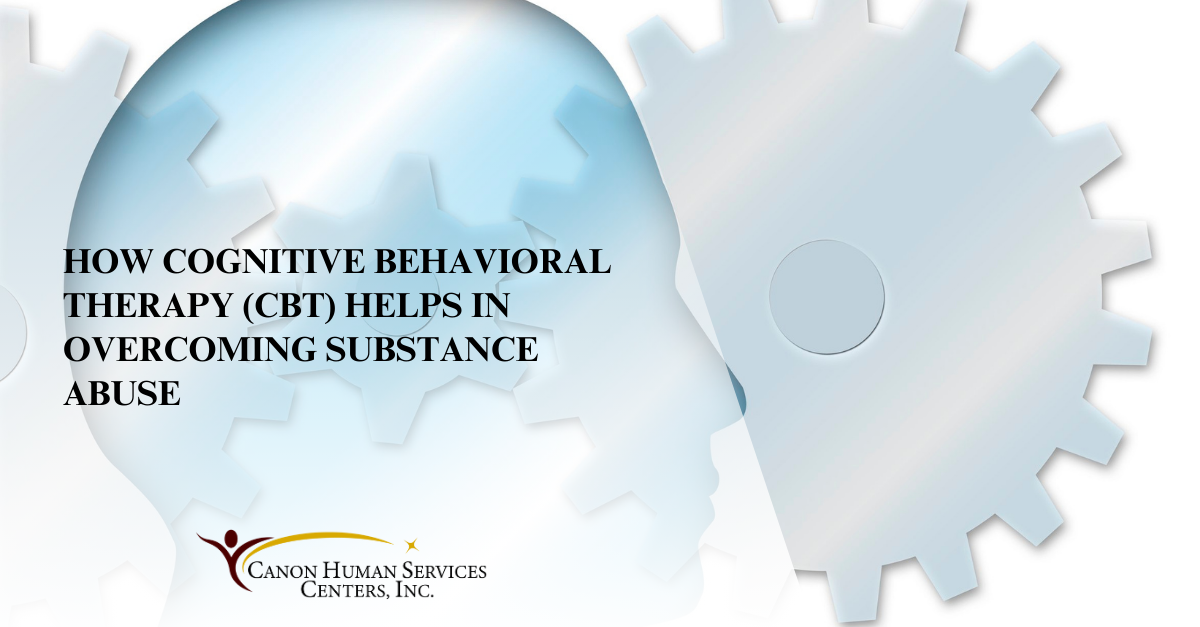Breaking free from substance abuse is a challenging and deeply personal journey. While there are many treatment options available, one that continues to stand out is Cognitive Behavioral Therapy (CBT). Hailed as one of the most effective methods for addiction recovery, CBT focuses on understanding and transforming the thought patterns that lead to harmful behaviors.
For those grappling with addiction, understanding how CBT works and why it’s so impactful can be an important step toward recovery. This article will break down how CBT functions, its role in substance abuse treatment, and how it empowers individuals to regain control over their lives.
What Is Cognitive Behavioral Therapy?
At its core, Cognitive Behavioral Therapy (CBT) is a form of talk therapy that helps individuals identify and alter negative thought patterns and behaviors. Rooted in the idea that our thoughts, feelings, and actions are interconnected, the therapy emphasizes practical strategies to change harmful habits.
Unlike traditional psychotherapy, which often dives deeply into past experiences, CBT is solution-oriented. It focuses on the here and now, providing individuals with actionable tools to address current challenges.
CBT typically includes:
- Identifying Triggers: Recognizing specific events, emotions, or situations that lead to destructive behaviors like substance use.
- Challenging Distorted Thoughts: Examining irrational or self-critical thinking patterns and replacing them with healthier perspectives.
- Behavioral Strategies: Developing alternative coping mechanisms, such as relaxation exercises or problem-solving skills.
This structured, hands-on approach makes CBT an especially effective choice when addressing substance abuse and addiction.

The Link Between CBT and Addiction Recovery
For someone struggling with substance use, addictive patterns often stem from cycles of negative thinking. Feelings of hopelessness, stress, or even boredom can lead to reliance on drugs or alcohol as a form of escape. The beauty of cognitive behavioral therapy (CBT) lies in its ability to disrupt this cycle by addressing the root causes, building healthy habits, and providing tools to prevent relapse. Addiction isn’t just about physical dependence—it’s deeply tied to emotional and psychological factors. CBT helps individuals uncover the thoughts and emotions driving substance use and offers effective strategies to replace harmful behaviors with healthier alternatives. Additionally, it equips individuals with relapse prevention techniques, such as identifying early warning signs and developing plans to handle temptations. It’s important to understand that CBT isn’t a one-size-fits-all solution and is often part of a comprehensive treatment plan. This may include medical interventions, group therapy, and support networks to ensure holistic and sustained recovery.
How CBT Reframes Negative Thought Patterns
Substance abuse can create a harmful feedback loop where negative thoughts lead to self-destructive actions, which then reinforce those negative thoughts. CBT tackles this loop by helping individuals reframe their thinking. Here’s how:
1. Recognizing Automatic Thoughts
Everyone has automatic reactions to situations—unconscious thoughts that influence how we feel and act. For individuals battling addiction, these thoughts might sound like:
- “I can’t get through today without using.”
- “I’ve already ruined my life, so what’s the point?”
- “No one cares about me.”
CBT encourages individuals to become aware of these thoughts and analyze their accuracy. Once identified, these negative beliefs can be challenged.
2. Challenging Cognitive Distortions
Cognitive distortions are exaggerated or irrational thought patterns. Common ones in addiction recovery include:
- All-or-nothing thinking: “If I slip up once, I’m a complete failure.”
- Overgeneralization: “I tried getting clean before, and it didn’t work. It will never work.”
- Catastrophizing: “If I don’t use, I’ll lose my job, my friends, and everything else.”
CBT teaches that while feelings are valid, they don’t always reflect reality. A therapist works with the individual to replace distorted thinking with more balanced, constructive thoughts.
3. Promoting Positive Self-Talk
Recovery is a marathon, not a sprint. Encouraging positive self-talk is crucial for sustaining momentum. Phrases like:
- “This is hard, but I’m stronger than my cravings.”
- “Mistakes happen, but I can still move forward.”
- “I deserve a healthy, happy life.”
Over time, these affirmations help individuals feel more confident and less beholden to their addiction.
4. Developing Coping Mechanisms
Life’s stressors don’t disappear after recovery begins. CBT equips patients with tools to manage emotions and situations without turning to substances. Techniques may include:
- Mindfulness practices like meditation to stay grounded.
- Journaling to process emotions.
- Structuring daily routines to minimize idle time.
These strategies help patients respond constructively to challenges, reducing the likelihood of relapse.
The Transformative Power of CBT in Real Life
Consider this example:
Sarah, a 34-year-old recovering from alcohol dependency, realized through CBT that her drinking often followed arguments with her partner. Her automatic reaction was to feel overwhelmed and believe she couldn’t cope. Using CBT techniques, Sarah learned to identify this trigger, pause, and replace drinking with a healthier outlet, like journaling or taking a walk. Over time, her responses became more constructive, reinforcing her ability to choose healthier coping mechanisms.
Stories like Sarah’s highlight why CBT is a cornerstone of addiction treatment—it not only addresses the behavior but empowers individuals to reclaim their sense of agency.
How to Get Started with CBT for Addiction Recovery
Integrating CBT into your recovery journey begins with finding a qualified therapist or treatment program. Many addiction centers include CBT as part of their offerings, making it widely accessible.
Key steps to get started:
- Seek Professional Support: Look for licensed therapists or programs specializing in CBT for addiction recovery.
- Commit to the Process: Change doesn’t happen overnight. Regular sessions and consistent practice are essential.
- Leverage Additional Resources: Pair CBT with other forms of support, such as group therapy, peer networks, or family involvement.
Remember, recovery is not a linear process. There will be setbacks, but every step forward counts.
Choosing Hope and Action
Cognitive Behavioral Therapy is more than just a form of treatment—it’s a catalyst for hope. Its transformative power lies in helping individuals reshape their thoughts and, in turn, their lives. Whether you’re exploring options for yourself or a loved one, CBT offers a structured and proven path toward lasting recovery.
At Canon Human Services, we’re dedicated to supporting individuals at every stage of their recovery. Our mission doesn’t end with completing a treatment program—it extends far beyond to create a foundation for lifelong wellness.
Take the first step today. Reach out, and see how CBT can be the key to overcoming substance abuse and starting anew.

